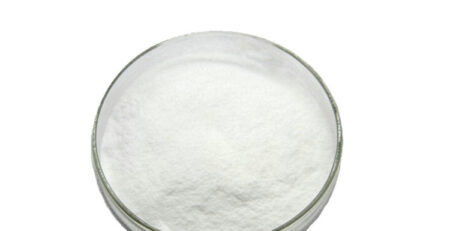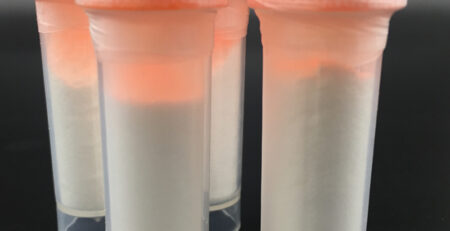Growth hormone secretion and mechanism of action:
Promotes protein synthesis, affects fat and mineral metabolism, and plays a key role in human growth and development. About 80% of subcutaneous injections are absorbed, reaching the peak of blood drug concentration in 5 hours, and the half-life is 4 hours. 90% of the injected dose is metabolized in the liver, and only about 0.1% is excreted in the original form by the biliary tract and kidneys.
A general term for various hormones that can regulate and control the endocrine mechanism of animals so that nutrients entering the body can be redistributed in a beneficial direction according to human needs for animal growth. Hormones only regulate (increase or decrease) the speed of certain physiological reactions, but cannot provide energy for the reaction process itself, nor can they initiate new metabolic reactions. Therefore, excessive stimulation of the original response is as harmful as hormone deficiency. In the past, some people used thiouracil, iodinated protein, and vinylestradiol as feed growth hormone for additives, but soon found that it had side effects and was banned. Nowadays, the growth hormone used as a feed additive has a molecular weight of about 22,000. It is a pituitary hormone. It is a single-chain polypeptide molecule composed of 191 amino acids in a certain order and can be extracted by the pituitary. It can also be produced by recombinant DNA technology. Growth hormone acts on the entire body, and has effects on protein synthesis, sugar metabolism, regulating renal function (glomerular filtration rate) and water metabolism, and increasing the permeability of cells to amino acids, thus promoting the body (bone, muscle and Organs). This hormone has interspecies specificity. The growth hormone present in cattle is only effective for cattle. It is used in heterogeneous animals. Not only does it not promote growth, but also has adverse reactions. After oral administration, this hormone will be destroyed by digestive enzymes, broken down into amino acids and ineffective. The entire protein molecule is often not used, and as long as 38 to 40 amino acid fragments, even smaller peptides are active, they can promote the growth of young animals and prevent dwarfism due to the small amount of growth hormone secretion; for animals with raw milk tissue Can increase milk production. In addition, there has been progress in research on growth hormone for pigs. Injection into piglets can promote growth and increase lean meat. The mechanism of action of hormones is very different from the mechanism of action of general feed additives. Therefore, it is difficult to judge the overall advantages and disadvantages of general feeding tests and metabolic tests. A comprehensive evaluation is required from the perspective of endocrinology, toxicology, and genetics. In addition, countries and regions with tight protein resources should still consider their nutritional resource background and actual economic effects. Under low nutrient levels, growth hormone is often difficult to obtain the expected results.



